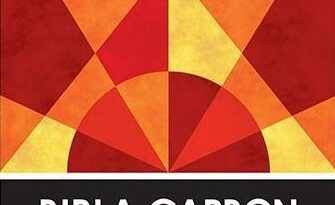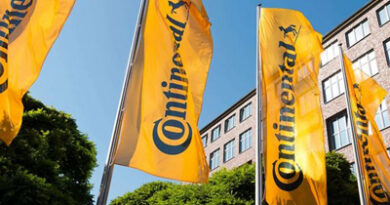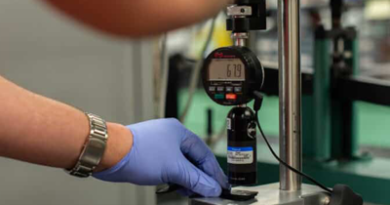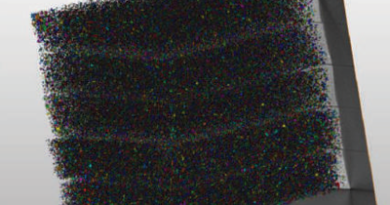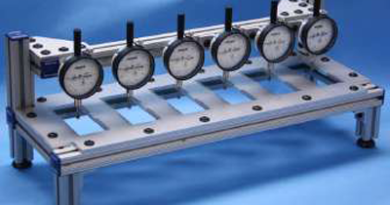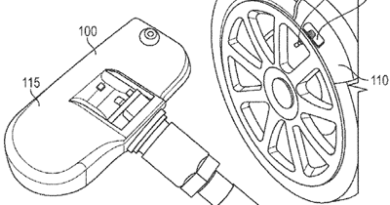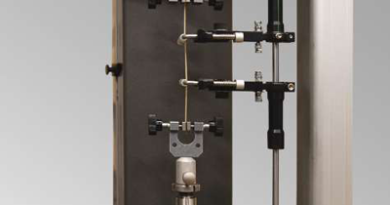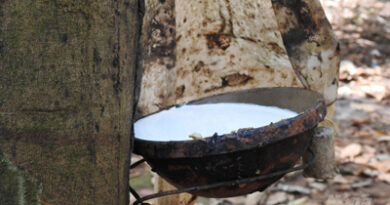Birla Carbon to build new carbon black facilities in India and Thailand
Each of the new facilities will have an initial capacity of 120 kMT operational in 2025 with plans to expand to 240 kMT in the future. These two new greenfield sites will be prioritized based on their locations, demand dynamics in the region, and specific customer needs. Previously announced brownfield expansion plans in Hungary, as well as, the post treatment facility expanding Specialty capacity at Patalganga, India, are progressing on plan.
Read More
